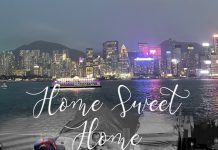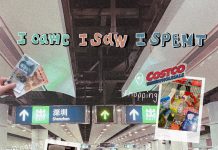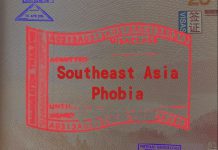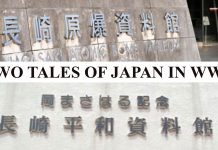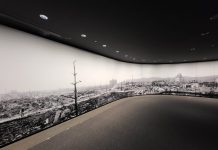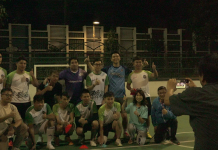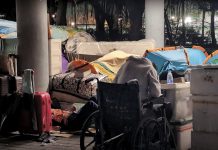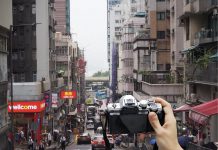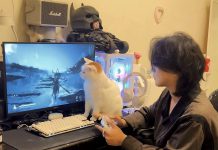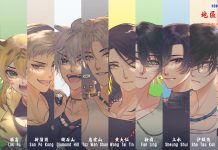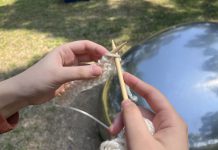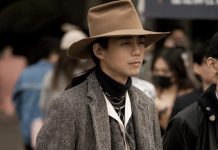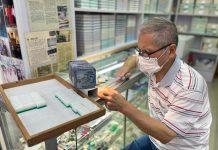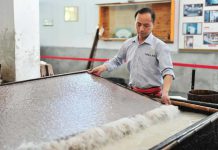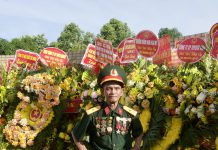The year 2016 will be remembered as one marked by conflict and rupture. Britons voted to leave the European Union in the Brexit referendum, Americans elected Donald Trump in a presidential election characterised by fear and vilification of the “other” and in Hong Kong, localism emerged as an electoral force. These are all signs of a world facing great political change. Boundaries between those of different political affiliations are widening and reflect deeper, not always visible lines dividing groups of people in society.
In this issue, Varsity looks at these boundaries from an interpersonal angle and tries to explain the divisions between different groups of people in our society.
Much as the gulf between and even within political camps is becoming more pronounced, so too is the gap between generations becoming more visible. The young and the old criticise each other for political stands taken and behaviour in daily life.
Stereotypes exist for both young people and the elderly. Youngsters are labelled “useless youths” and they take revenge by creating anti-elderly memes that make fun of older people on social media. Both groups believe that other generations are unable to understand their own and they have little interest in communicating with each other to reduce the gap.
Another boundary that exists in Hong Kong is that between racial groups. We may consider our city to be a highly inclusive society, with people of different races, religions and ethnicities. It is not unusual for a local Hongkonger to wake up in a traditional Chinese community and end the day at a concert at Asia Expo with foreign audiences. However, racism exists in Hong Kong, even if people seldom mention it.
Many people in Hong Kong have experienced “microagression” – a term describing commonplace daily verbal and behavioural insults to people of colour. Even those who are considered to have a “privileged” racial background find it difficult to integrate into the local community. Their experience should alert us to the fact that racial discrimination does exist in Hong Kong. Varsity looks at how people of different races experience discrimination and react to it.
Besides the division between races, there are also boundaries within local Chinese Hong Kong communities. Our story, “The Walls Within” looks at the boundary in one of the traditional Hong Kong communities, indigenous villages.
Indigenous villages in Hong Kong are called “wai”, which means “walls” in Chinese. Walls separate and protect indigenous inhabitants from the outside world. Even though most of the physical walls have been demolished now, the word “wall” remains and separates indigenous villages from the rest of Hong Kong. Inside the villages there is another boundary – between the indigenous residents and the non-indigenous residents who increasingly live alongside them.
Since everyone is an individual, boundaries cannot be eliminated and will always exist between individuals, groups and societies. However, reducing the gap and enhancing communication should still be the aim of a modern society. As members of this rapidly changing world, we hope you enjoy reading about these and the other issues covered in this edition as much as we enjoyed reporting on them.
Managing Editor
Achlys Xi



